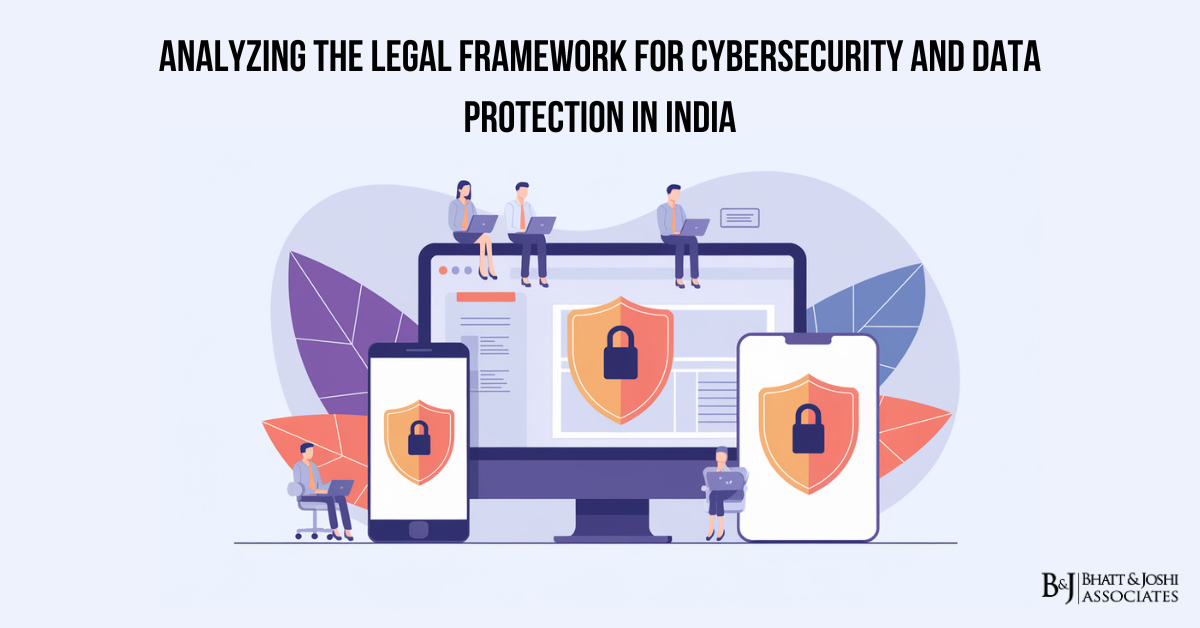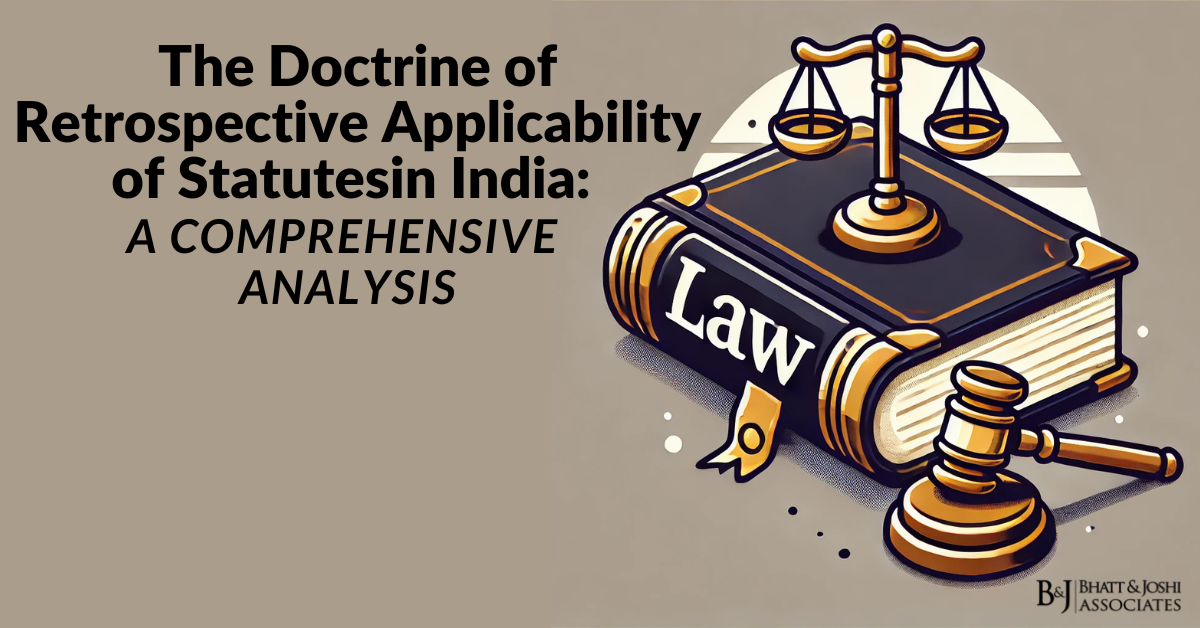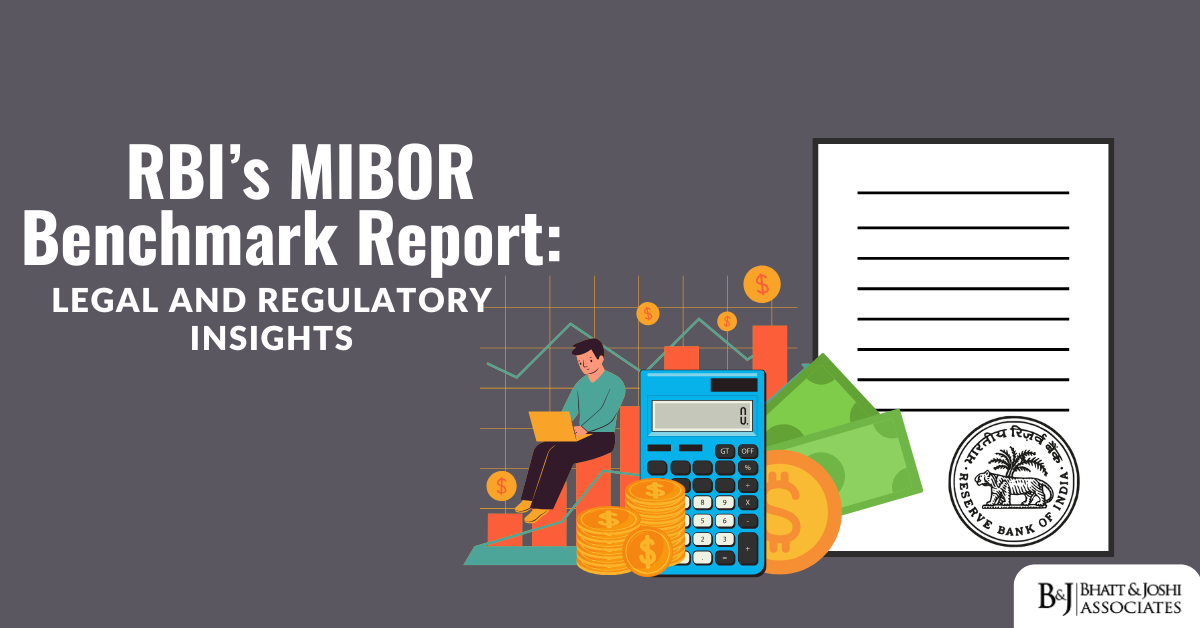Introduction
The rapid advancement of technology and its pervasive integration into personal, professional, and governmental domains have necessitated robust legal frameworks to address issues of cybersecurity and data protection. India, as a global hub for technology and data processing, has recognized the pressing need for legislative mechanisms to safeguard digital information and ensure cybersecurity. This article delves into the legal framework governing cybersecurity and data protection in India, discussing its evolution, key laws, regulatory bodies, case laws, and notable judicial pronouncements while exploring the challenges and future directions for a secure digital landscape.
The Evolution of Cybersecurity and Data Protection Laws in India
The journey of cybersecurity and data protection laws in India began in the late 1990s, coinciding with the rise of the internet. Recognizing the need for a legal framework to regulate digital transactions and combat cybercrimes, the Indian government enacted the Information Technology Act, 2000 (IT Act). This seminal legislation laid the foundation for regulating electronic commerce and addressing offenses committed using electronic means.
Initially, the IT Act focused on enabling e-governance and e-commerce by providing legal recognition for electronic contracts, digital signatures, and records. However, as cyber threats evolved in scale and sophistication, the inadequacy of the original provisions became evident. Amendments introduced in 2008 marked a significant shift toward cybersecurity and data protection. These amendments expanded the scope of the IT Act by criminalizing activities such as identity theft, phishing, cyberstalking, and hacking. They also introduced the concept of data protection, albeit with limited coverage and clarity.
Over the years, the legal framework has undergone gradual evolution, responding to the growing interconnection of systems and the increasing importance of data as a valuable resource. However, the absence of comprehensive legislation solely dedicated to cybersecurity and data protection has necessitated reliance on a patchwork of laws and sector-specific regulations.
The Legal Framework for Cybersecurity in India
India’s approach to cybersecurity is predominantly governed by the Information Technology Act, 2000. The IT Act, supplemented by various policies and regulatory bodies, forms the backbone of the country’s cybersecurity framework. This section explores its key provisions and their implications.
The IT Act defines cybercrimes and prescribes penalties for offenses such as unauthorized access to computer systems, data theft, and hacking. Sections 43 and 66 of the Act address these issues by penalizing individuals or entities involved in such activities. For national security and public safety, Section 69 empowers the government to intercept, monitor, or decrypt information. Although this provision is intended to combat terrorism and other threats, it has sparked debates over privacy and the scope of surveillance powers.
Section 70 of the IT Act designates certain computer systems as “protected systems,” aiming to secure critical information infrastructure from cyberattacks. Unauthorized access to such systems is met with stringent penalties. The Act also emphasizes the protection of sensitive information by criminalizing its unauthorized disclosure under Sections 72 and 72A.
Complementing the IT Act, the National Cyber Security Policy, 2013, outlines a strategic framework to safeguard the nation’s cyberspace. It emphasizes creating a secure ecosystem, fostering public-private partnerships, and promoting research and innovation. The policy also envisions building a resilient infrastructure capable of withstanding cyber threats, but its implementation has been criticized for lacking clarity and enforceability.
The Indian Computer Emergency Response Team (CERT-In) plays a pivotal role in India’s cybersecurity landscape. As the national nodal agency, CERT-In monitors cyber threats, issues advisories, and coordinates responses to cybersecurity incidents. Under the IT Act, organizations are mandated to report specified cybersecurity incidents to CERT-In, ensuring a collaborative approach to threat mitigation.
Data Protection in India: The Current Framework
Data protection in India operates under a fragmented legal regime, with the IT Act and sector-specific regulations forming its core. A comprehensive and unified data protection law has been long overdue, leaving various sectors to adopt their own guidelines and practices. Despite this, the Information Technology (Reasonable Security Practices and Procedures and Sensitive Personal Data or Information) Rules, 2011, represent a significant step toward establishing standards for data privacy and security.
These rules, framed under Section 43A of the IT Act, require organizations handling sensitive personal data or information (SPDI) to implement reasonable security practices. They mandate obtaining consent from individuals before collecting or processing their data and require entities to disclose their data-handling policies. However, the scope of these rules is limited, focusing only on SPDI and excluding general personal data.
In the absence of comprehensive legislation, sector-specific regulations attempt to address data privacy. The Reserve Bank of India (RBI) mandates data localization for payment systems, requiring entities to store financial data exclusively in India. Similarly, the Telecom Regulatory Authority of India (TRAI) regulates data protection in the telecom sector, emphasizing consumer privacy. Initiatives like the National Digital Health Mission (NDHM) highlight the growing importance of data protection in the healthcare sector, advocating secure handling of sensitive health information.
The Personal Data Protection Bill, 2019
The introduction of the Personal Data Protection Bill (PDP Bill) in 2019 marked a milestone in India’s data protection journey. Modeled on the European Union’s General Data Protection Regulation (GDPR), the PDP Bill seeks to establish a robust framework for personal data protection. It proposes principles such as purpose limitation, data minimization, and accountability, aiming to balance individual rights with the needs of innovation and national security.
A key feature of the PDP Bill is the delineation of roles between the Data Principal (the individual to whom the data pertains) and the Data Fiduciary (the entity processing the data). The bill seeks to empower individuals with rights such as access, correction, and erasure of their data while placing obligations on fiduciaries to ensure transparency and accountability. Data localization provisions require critical personal data to be stored in India, reflecting concerns over sovereignty and national security.
To oversee compliance, the bill proposes establishing a Data Protection Authority (DPA) with powers to investigate violations, impose penalties, and ensure adherence to the law. However, the bill has faced criticism for providing broad exemptions to the government under the guise of national security and public order, raising concerns over potential misuse of surveillance powers.
Judicial Approach to Cybersecurity and Data Protection
Indian courts have played a crucial role in shaping the discourse on cybersecurity and data protection. Landmark judgments have highlighted the need for a robust legal framework to protect individual rights in the digital era.
In the case of Justice K.S. Puttaswamy v. Union of India (2017), the Supreme Court recognized the right to privacy as a fundamental right under Article 21 of the Constitution. The judgment underscored the importance of data protection in safeguarding privacy and called for a comprehensive legal framework to address the challenges posed by technological advancements.
The Shreya Singhal v. Union of India (2015) judgment struck down Section 66A of the IT Act, which criminalized offensive messages sent through communication devices. The court held that the provision violated the right to free speech under Article 19(1)(a) of the Constitution. While the judgment was hailed as a victory for free expression, it also underscored the need for precise and balanced legislation to address cyber offenses without curbing fundamental rights.
In Anvar P.V. v. P.K. Basheer (2014), the Supreme Court established the admissibility of electronic evidence in legal proceedings, emphasizing the need for authenticity and compliance with procedural safeguards. This decision highlighted the growing significance of digital evidence in the justice system and the need for robust mechanisms to ensure its reliability.
Challenges and Criticisms of the Current Framework
India’s cybersecurity and data protection framework faces several challenges. The lack of a unified law has resulted in fragmented regulations, leading to inconsistencies across sectors. Surveillance provisions under Section 69 of the IT Act have drawn criticism for enabling mass surveillance without adequate checks and balances, raising concerns over privacy violations.
Enforcement remains a significant challenge, with limited resources and expertise hindering the effectiveness of regulatory bodies like CERT-In. Delays in enacting the PDP Bill have created uncertainty for businesses and individuals, impeding progress toward a secure digital ecosystem.
International Comparisons and Lessons for India
The General Data Protection Regulation (GDPR) of the European Union sets a global benchmark for data protection laws, emphasizing individual rights, accountability, and cross-border data flows. The United States adopts a sectoral approach, with laws like the Health Insurance Portability and Accountability Act (HIPAA) for healthcare data and the California Consumer Privacy Act (CCPA) for consumer data.
India can draw lessons from these models, particularly in ensuring transparency, proportionality in surveillance, and balancing innovation with privacy protection. Adopting a rights-based approach and fostering international cooperation will be crucial in addressing cross-border cyber threats and ensuring a secure digital environment.
The Way Forward
To address emerging challenges, India must expedite the enactment of the PDP Bill or its revised version and ensure its implementation. Strengthening regulatory bodies, fostering public awareness, and encouraging public-private partnerships will be critical in building a resilient cybersecurity framework. Comprehensive legislation that addresses both cybersecurity and data protection, coupled with robust enforcement mechanisms, will pave the way for a secure and privacy-respecting digital ecosystem.
Conclusion
The legal framework for cybersecurity and data protection in India is evolving, reflecting the dynamic nature of technology and its associated risks. While existing laws like the IT Act provide a foundational structure, emerging challenges necessitate comprehensive reforms. The balance between innovation, economic growth, and individual rights will be crucial in shaping a secure and privacy-respecting digital ecosystem in India. The enactment of robust legislation, coupled with proactive enforcement and awareness initiatives, will pave the way for a resilient cyber landscape, fostering trust and confidence in India’s digital future.














